Birds of Our Observations
Let yourself be inspired by our fascinating observations from the past years and discover the diverse world of nature. Here, we regularly present a compilation of our latest discoveries and observations.
If you are looking for a specific bird, you can find it using the search field:
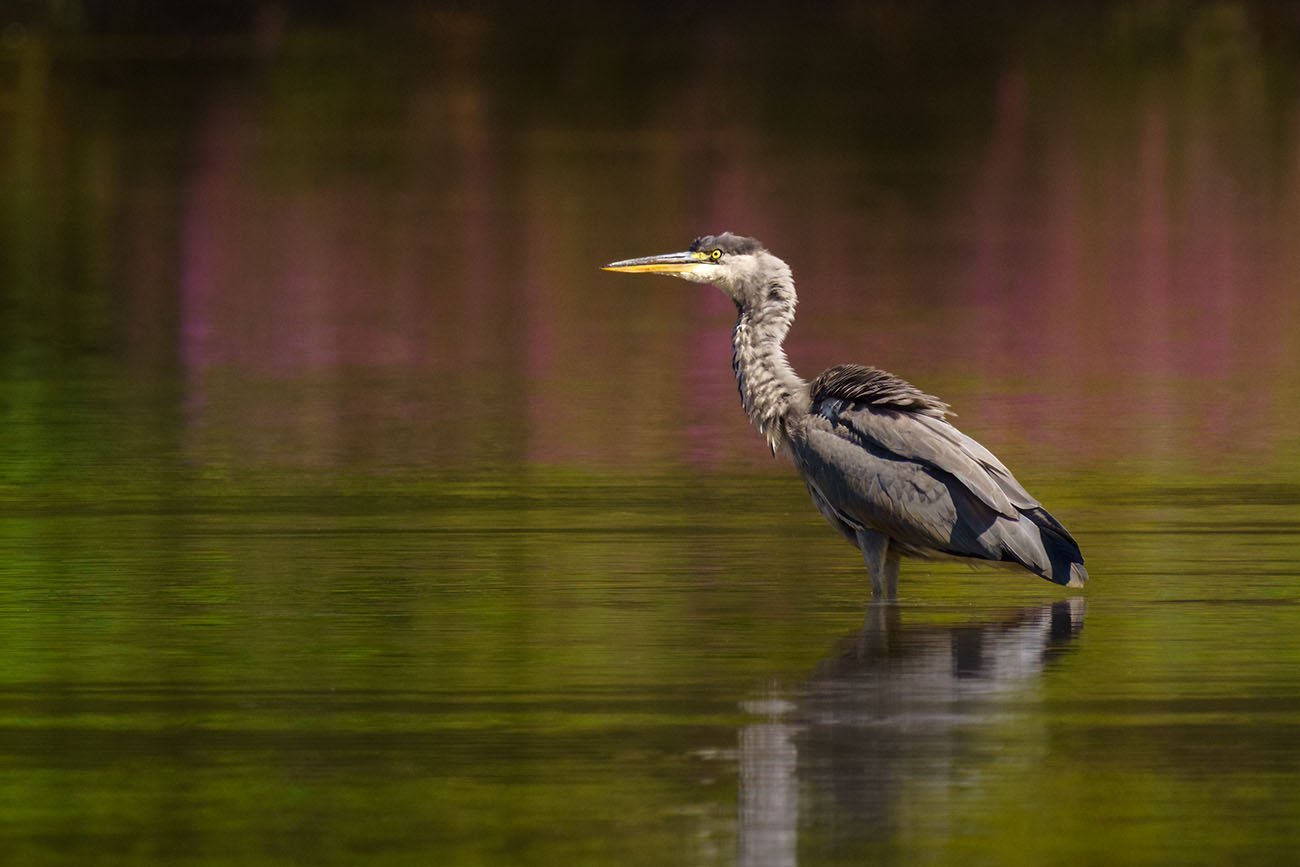
Grey heron (Ardea cinerea)
Grey Herons prefer wetlands like rivers, lakes, and marshes. They can also be found in wet meadows and floodplains. These birds live in colonies, often nesting near forest edges or high in treetops. When searching for food, they are often seen alone or in...

Graylag goose (Anser anser)
The Greylag Goose is one of the most well-known goose species in Europe and is also the wild ancestor of our domestic geese. With its strong body, characteristic call, and typical colors, it is found in many wetlands and...
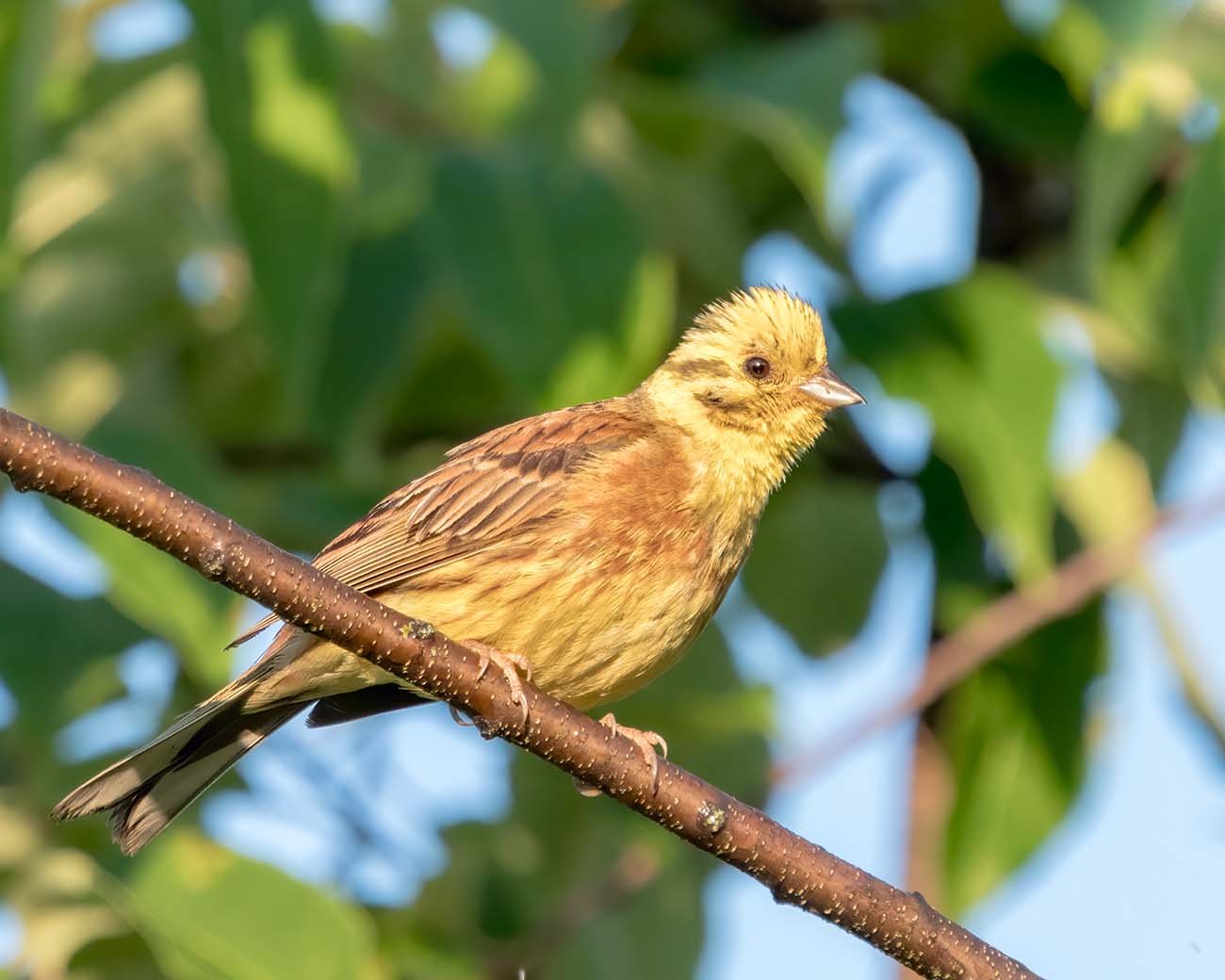
Yellowhammer (Emberiza citrinella)
The Yellowhammer prefers open landscapes with hedges, forest edges, and field groves. It is commonly found in agricultural areas. The bird avoids dense forests and instead thrives in light, structured environments where it can find both food and safe...

Eurasian bullfinch (Pyrrhula pyrrhula)
The Bullfinch, also known as the Eurasian Bullfinch, is one of the most striking songbirds in our forests. The male is especially noticeable with its bright red chest. Despite its vibrant colors, the Bullfinch is often a quiet and reserved bird, mostly found in...
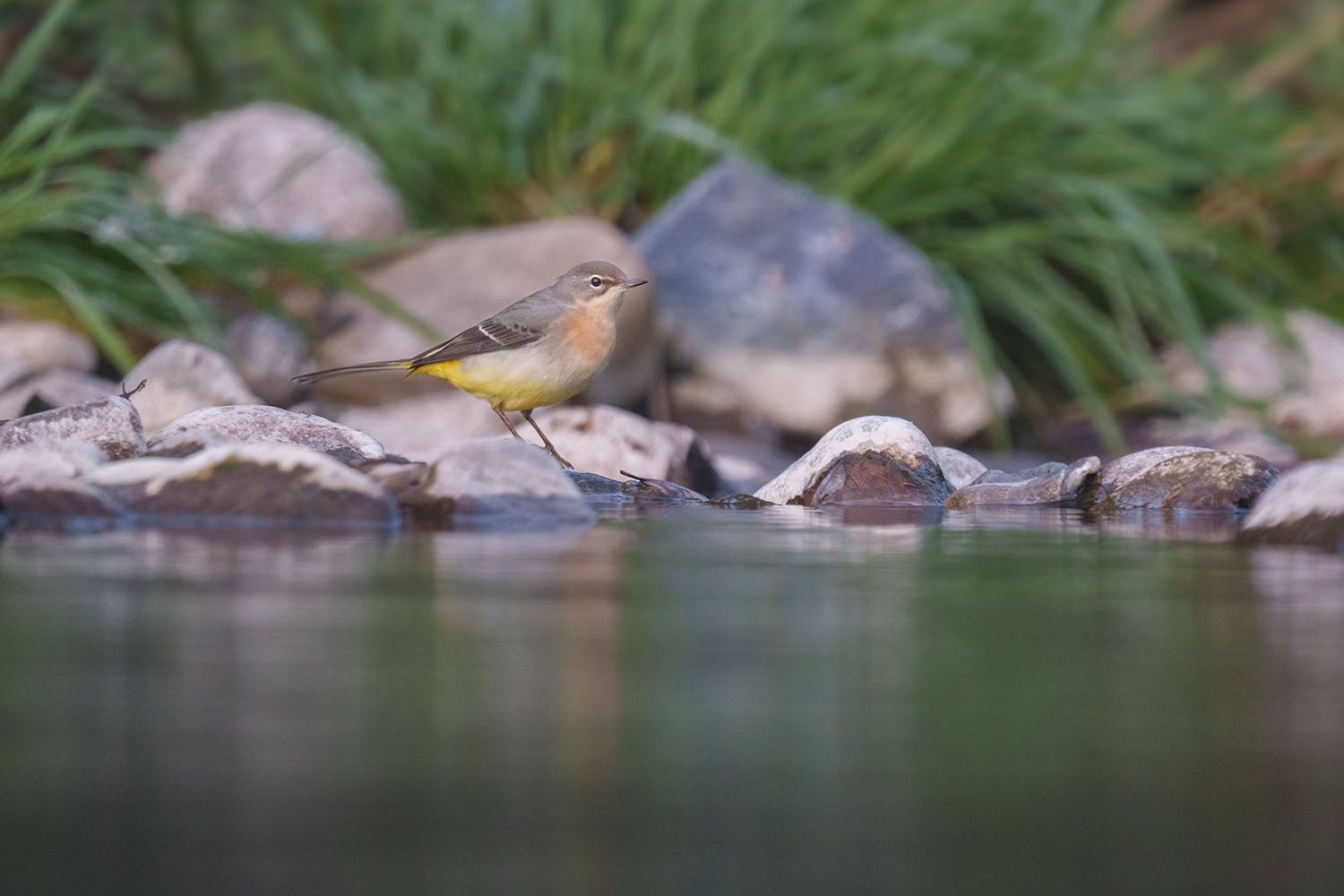
Grey wagtail (Motacilla cinerea)
Grey Wagtails live mainly near rivers and streams in mountain areas. Their typical behavior is the constant tail-wagging, which makes them easy to recognize. This tail-wagging is often seen when they are looking for insects on rocks or...
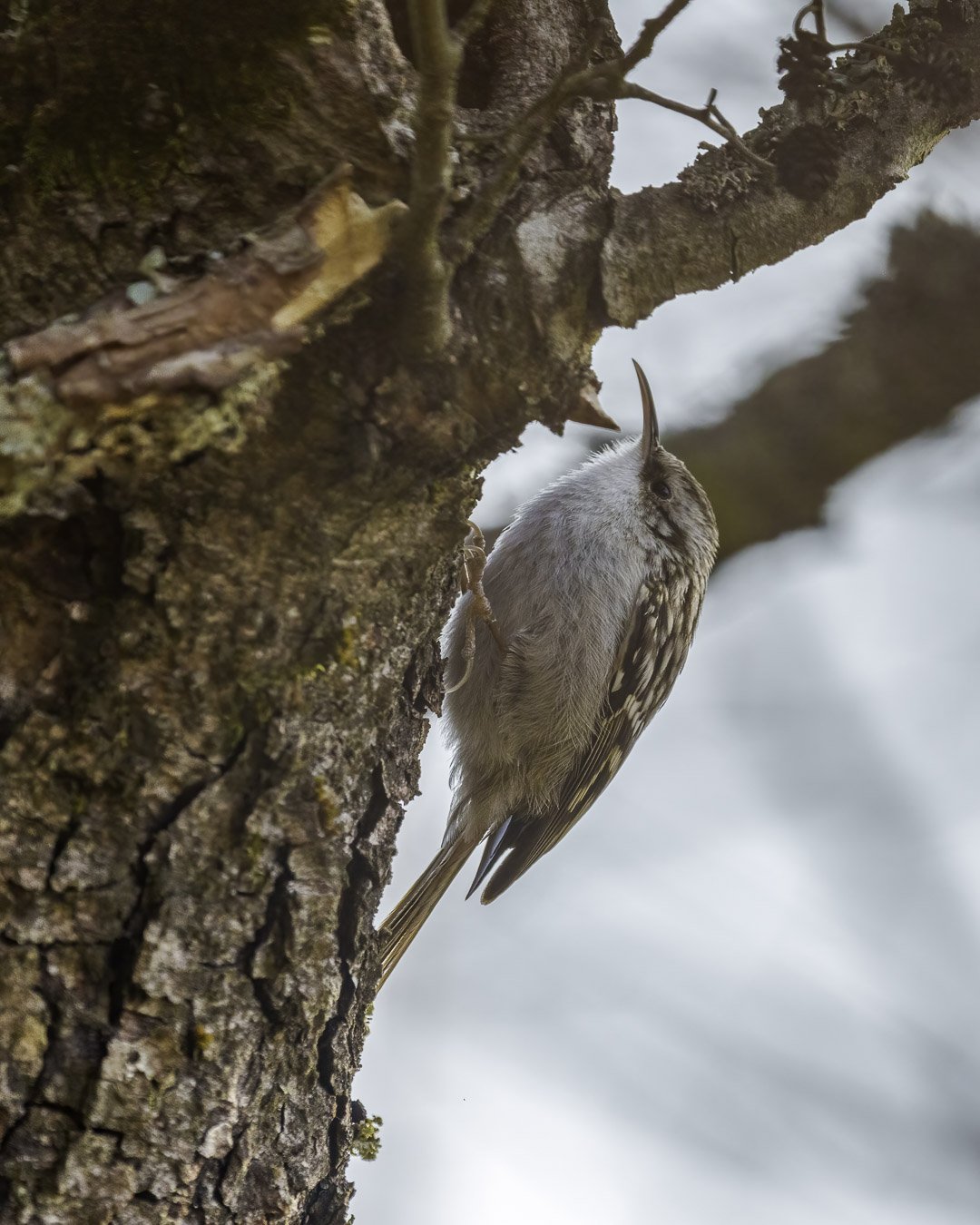
Short-toed treecreeper (Certhia brachydactyla)
The Treecreeper is a small songbird known for its ability to climb up tree trunks almost unnoticed. Its perfectly camouflaged feathers blend seamlessly with the bark, giving it excellent protection. This bird is mainly found in light deciduous and mixed forests as well as...
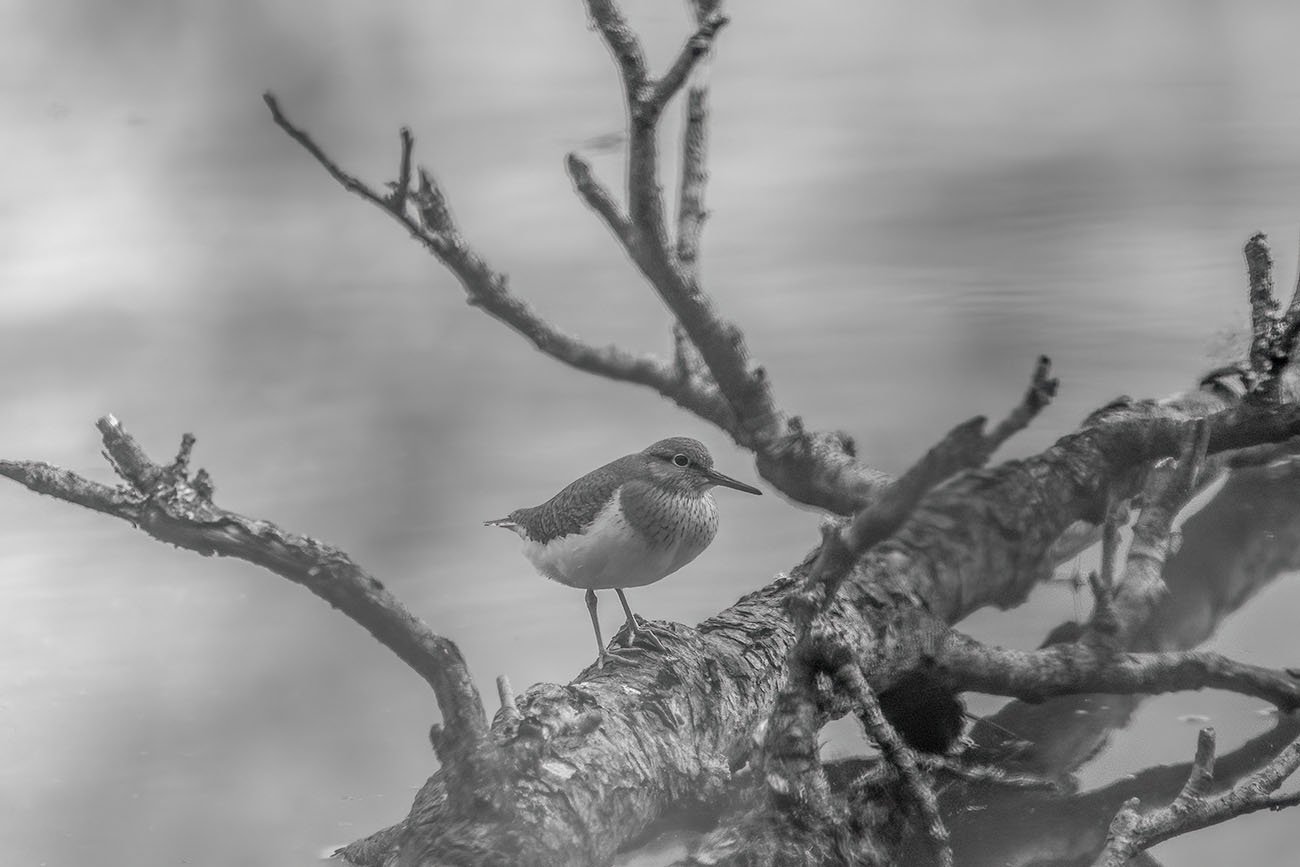
Common sandpiper (Actitis hypoleucos)
The Common Sandpiper is a small wading bird known for its compact body and quick, jerky movements. Often seen along natural riverbanks and gravel shores, it swiftly moves across the ground in search of food. Its modest plumage blends perfectly with its...
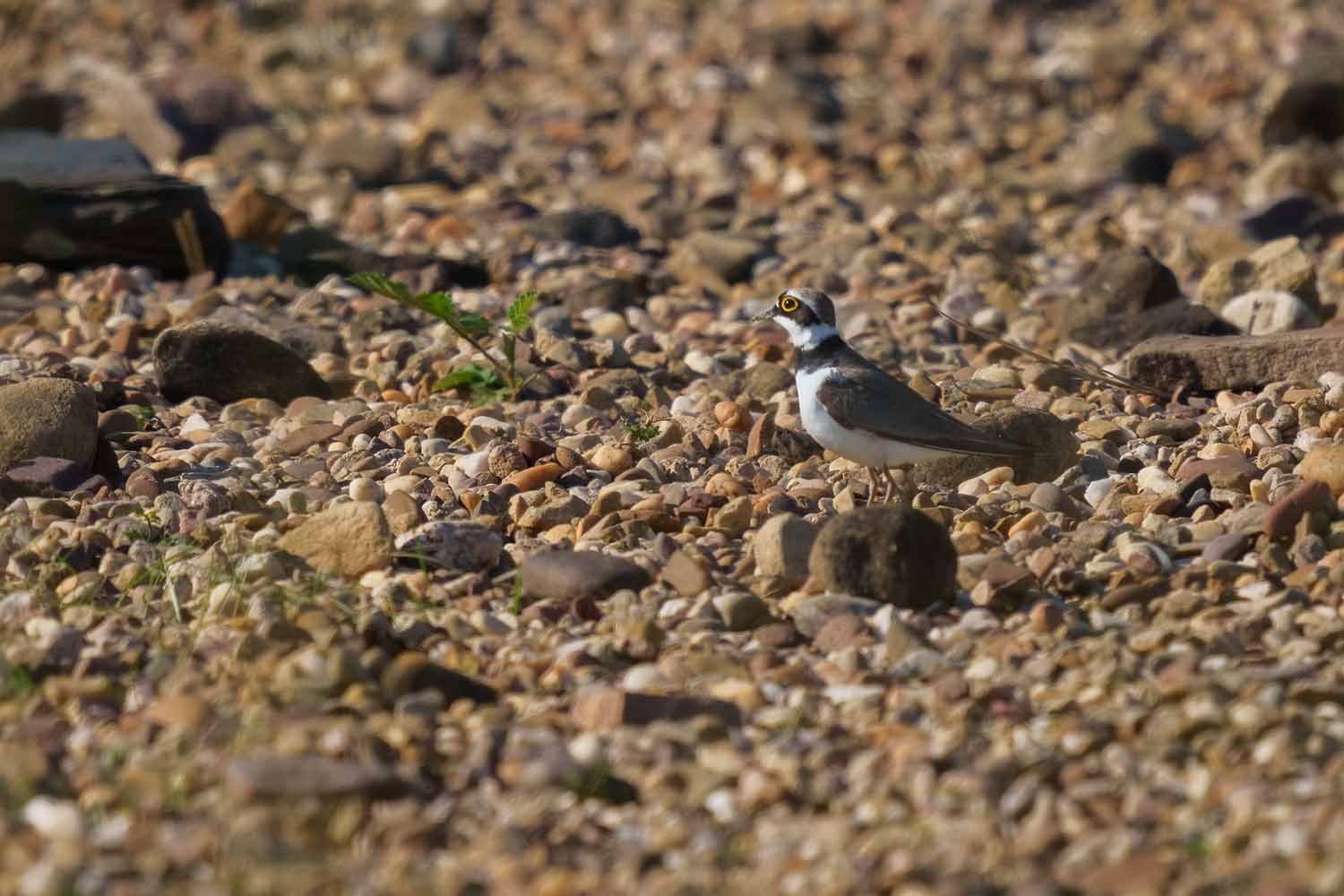
Little ringed plover (Charadrius dubius)
The Little Ringed Plover is a small wader bird known for its quick, jerky movements and striking yellow eye-rings. Originally found along natural riverbanks, this adaptable bird has increasingly made its home in man-made environments like...
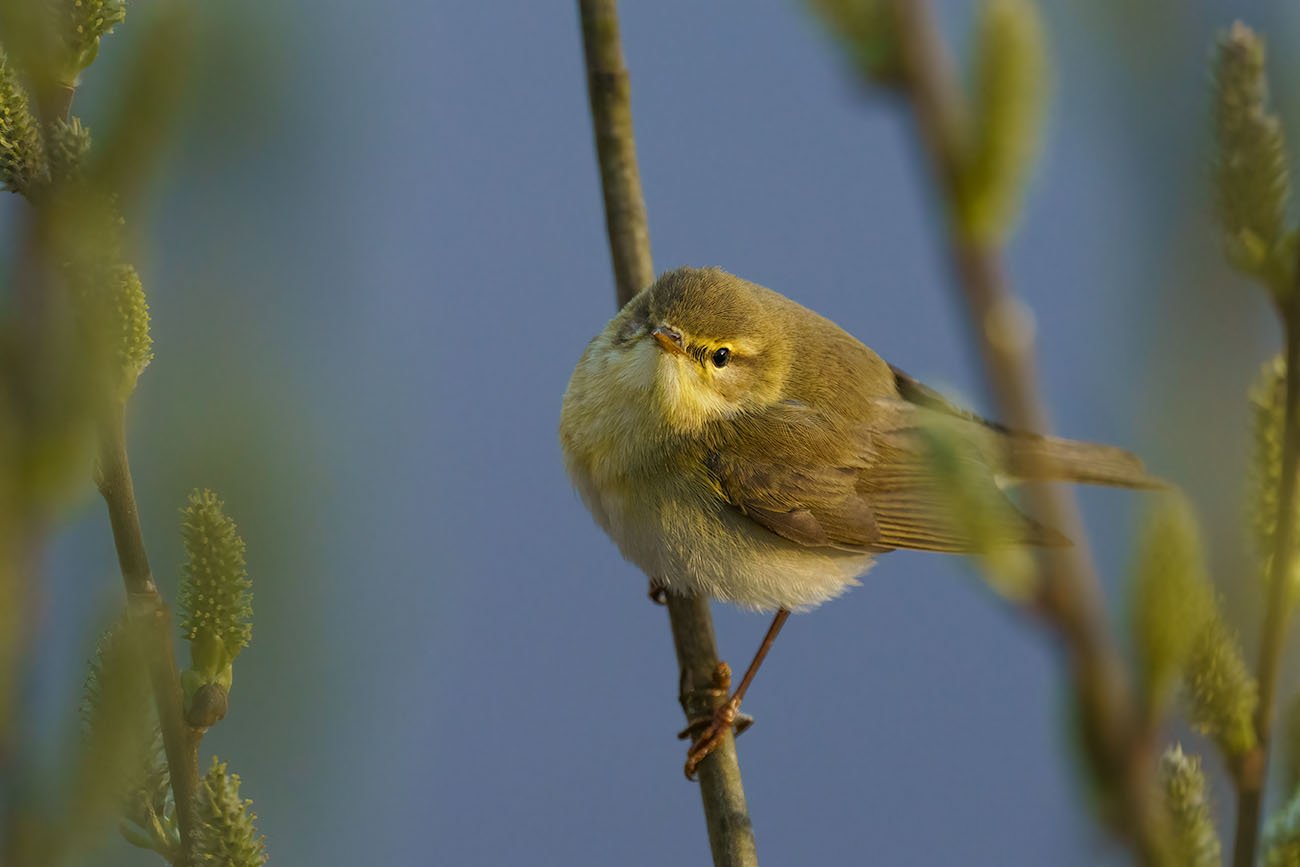
Willow warbler (Phylloscopus trochilus)
The Willow Warbler is a small, slender songbird with subtle yellow and brown tones that help it blend into its surroundings. Despite its understated appearance, it is a common resident of light woodlands, parks, and hedgerows. Its soft, melodious song is a signature sound of spring in...
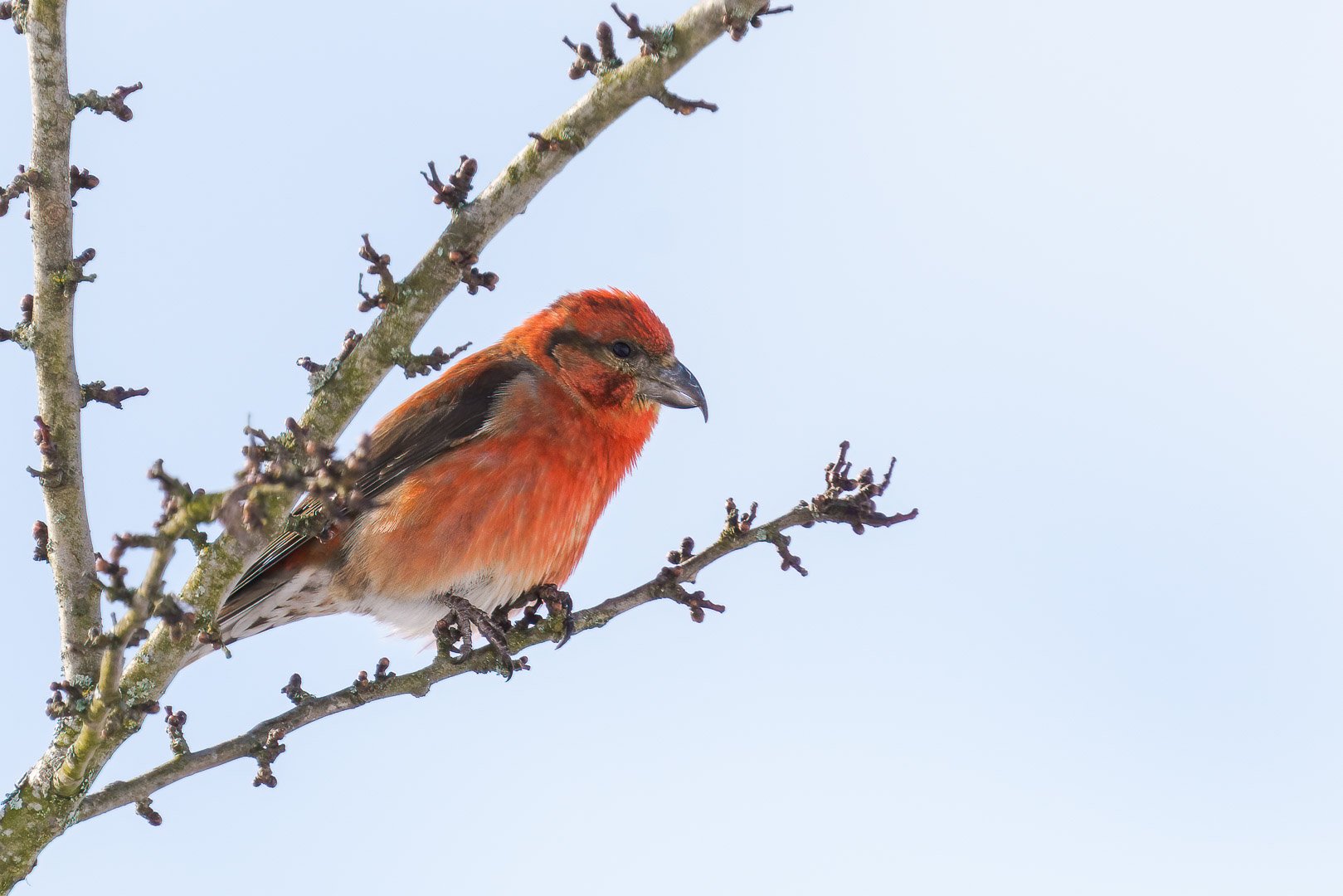
Common crossbill or Red crossbill (Loxia curvirostra)
The Red Crossbill is a medium-sized finch known for its uniquely crossed bill. This special adaptation allows the bird to extract seeds from conifer cones, a food source that many other birds cannot access. The Red Crossbill primarily lives in dense coniferous forests, especially in areas with...
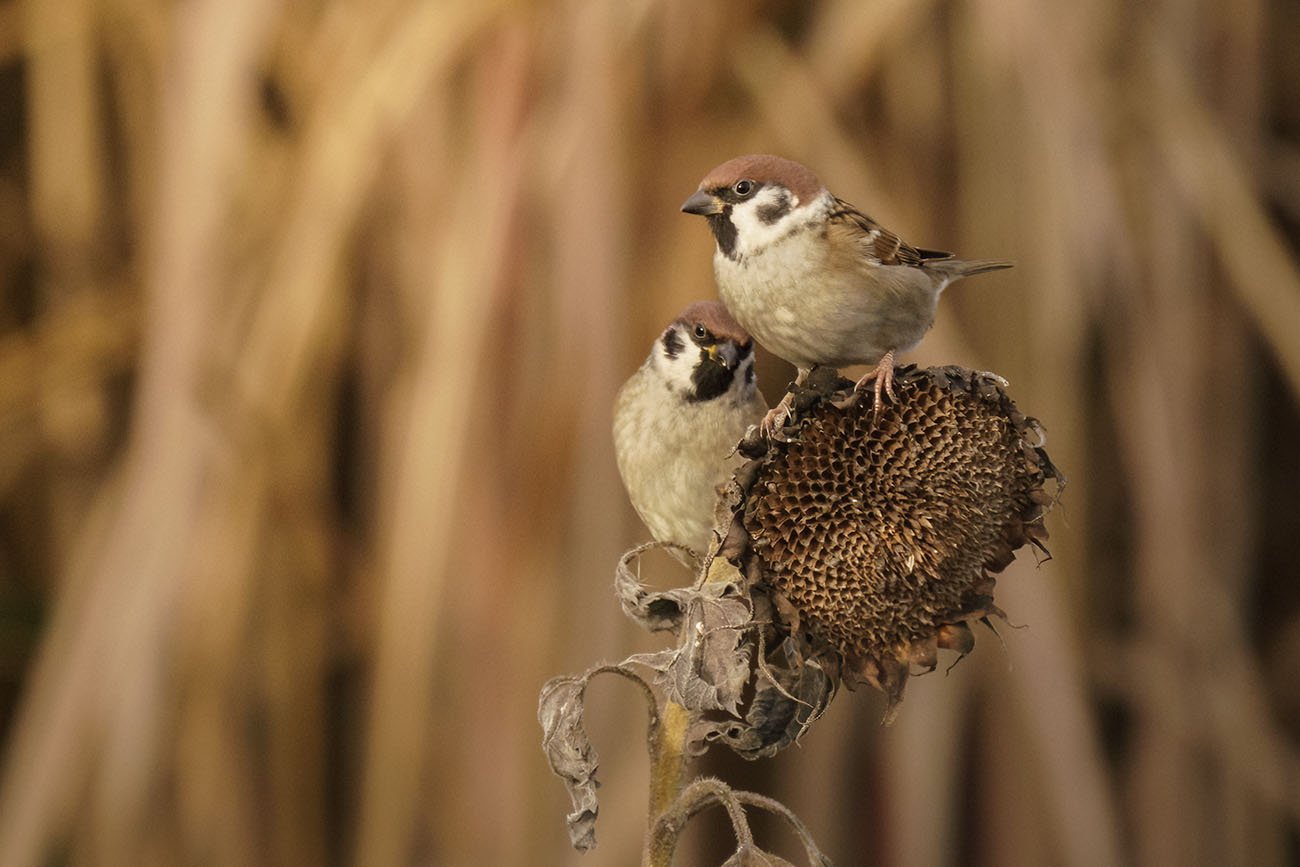
Eurasian tree sparrow (Passer montanus)
The tree sparrow is smaller and somewhat more delicate than the house sparrow, but is clearly distinguishable by its distinctive brown crown and black cheek patches. It is commonly found in rural areas, where it...
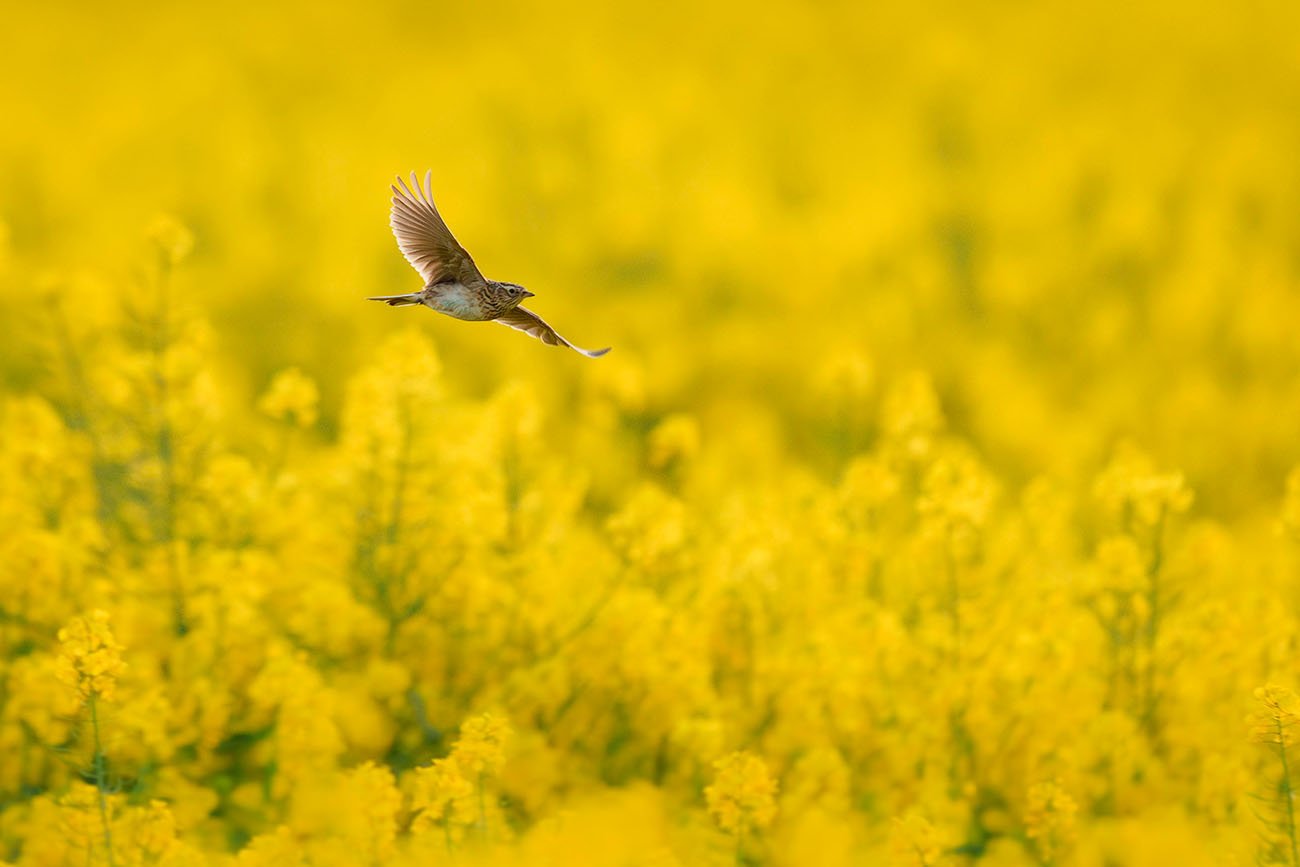
Eurasian skylark (Alauda arvensis)
The skylark is a remarkable songbird known for its tireless singing, often heard high in the sky. It prefers open landscapes like fields and meadows, where its camouflaged plumage blends perfectly with its surroundings. Unfortunately, the skylark is now threatened by the loss of...
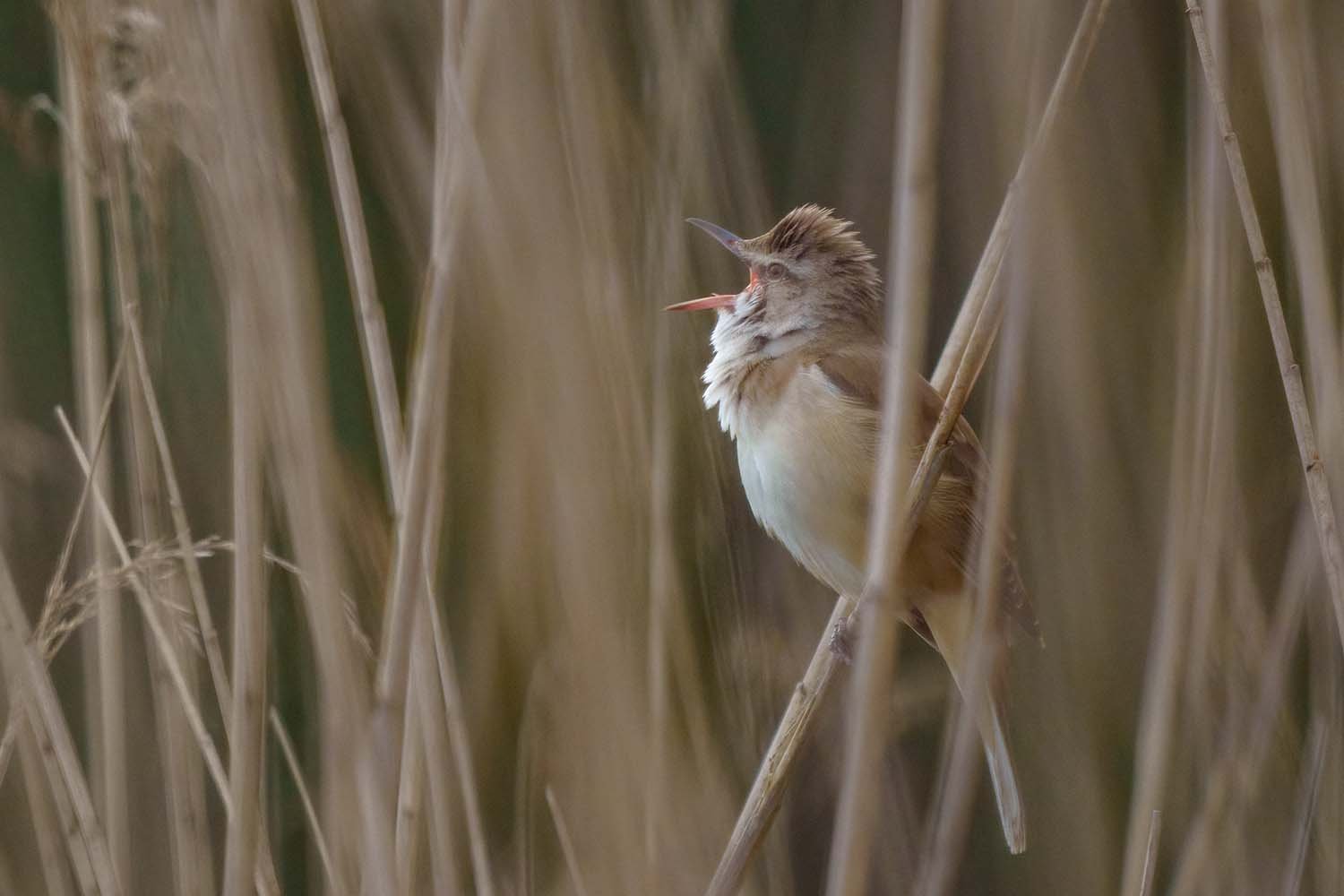
Great reed warbler (Acrocephalus arundinaceus)
The Great Reed Warbler is the largest of the European reed warblers and stands out with its robust body and powerful voice. It is mainly found in reed beds and wet meadows, where its loud song marks...
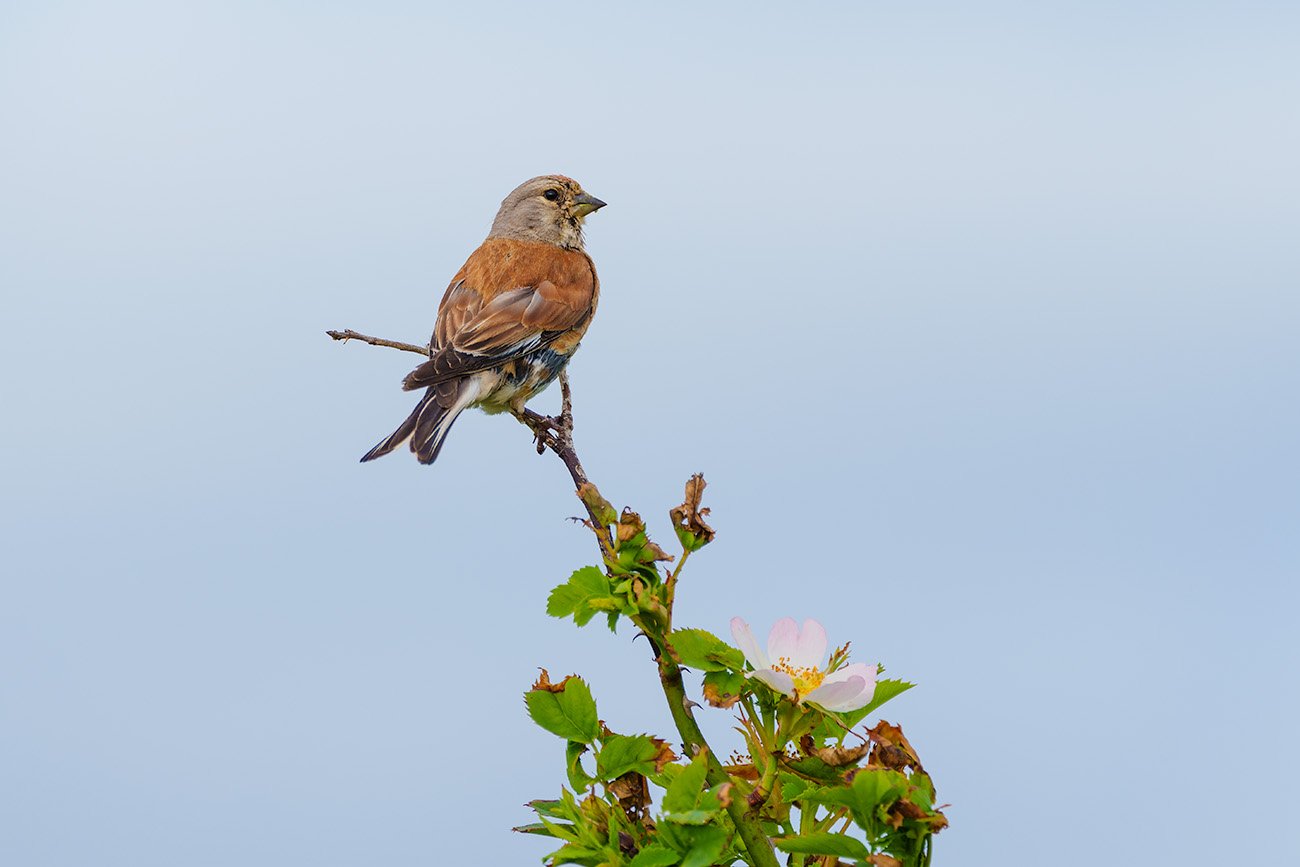
Common linnet (Linaria cannabina)
The linnet is a small, lively finch known for the bright red plumage on the males. These colorful birds are found in open landscapes like fields, meadows, and hedgerows, where they bring life to the scenery with their songs and vibrant colors. During the breeding season, the..
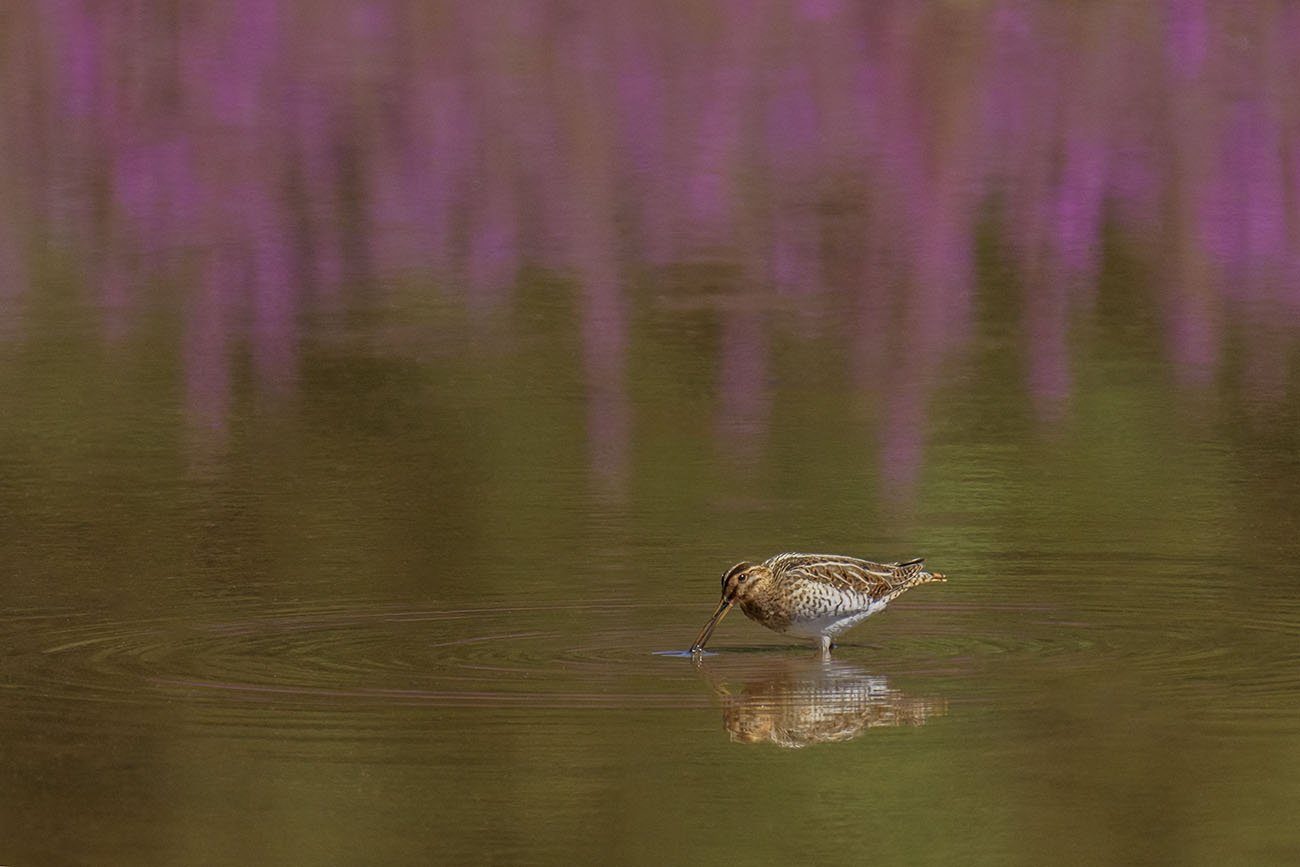
Common snipe (Gallinago gallinago)
The Common Snipe is a fascinating wading bird, known for its excellent camouflage and its distinctive zigzag flight. Despite its relatively modest size, it stands out with its long, straight beak and well-camouflaged brown tones. Anyone...
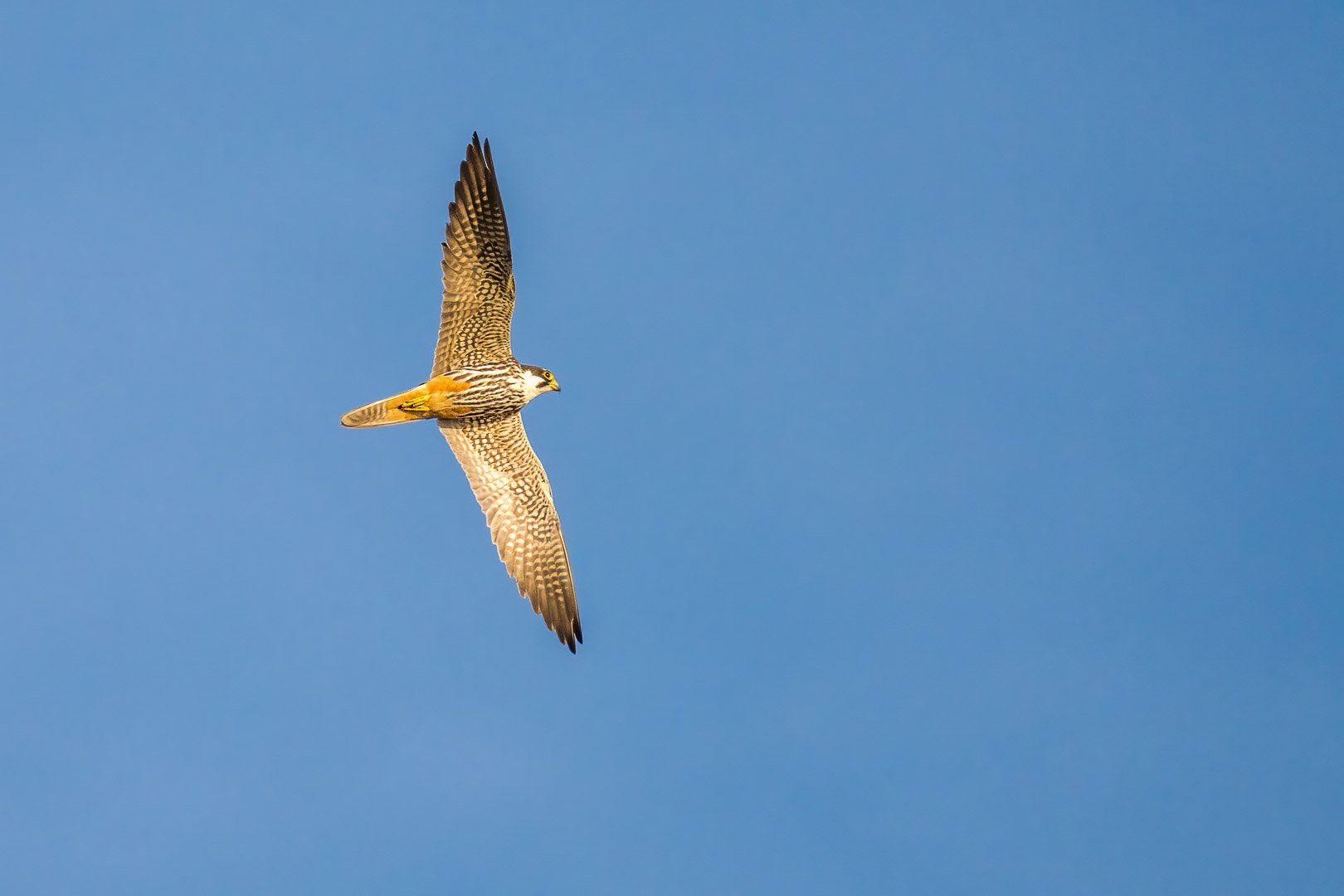
Eurasian hobby (Falco subbuteo)
The Eurasian hobby (Falco subbuteo) is a fast and agile hunter that catches both birds and insects in flight. With its sickle-shaped wings, its flight pattern resembles a...
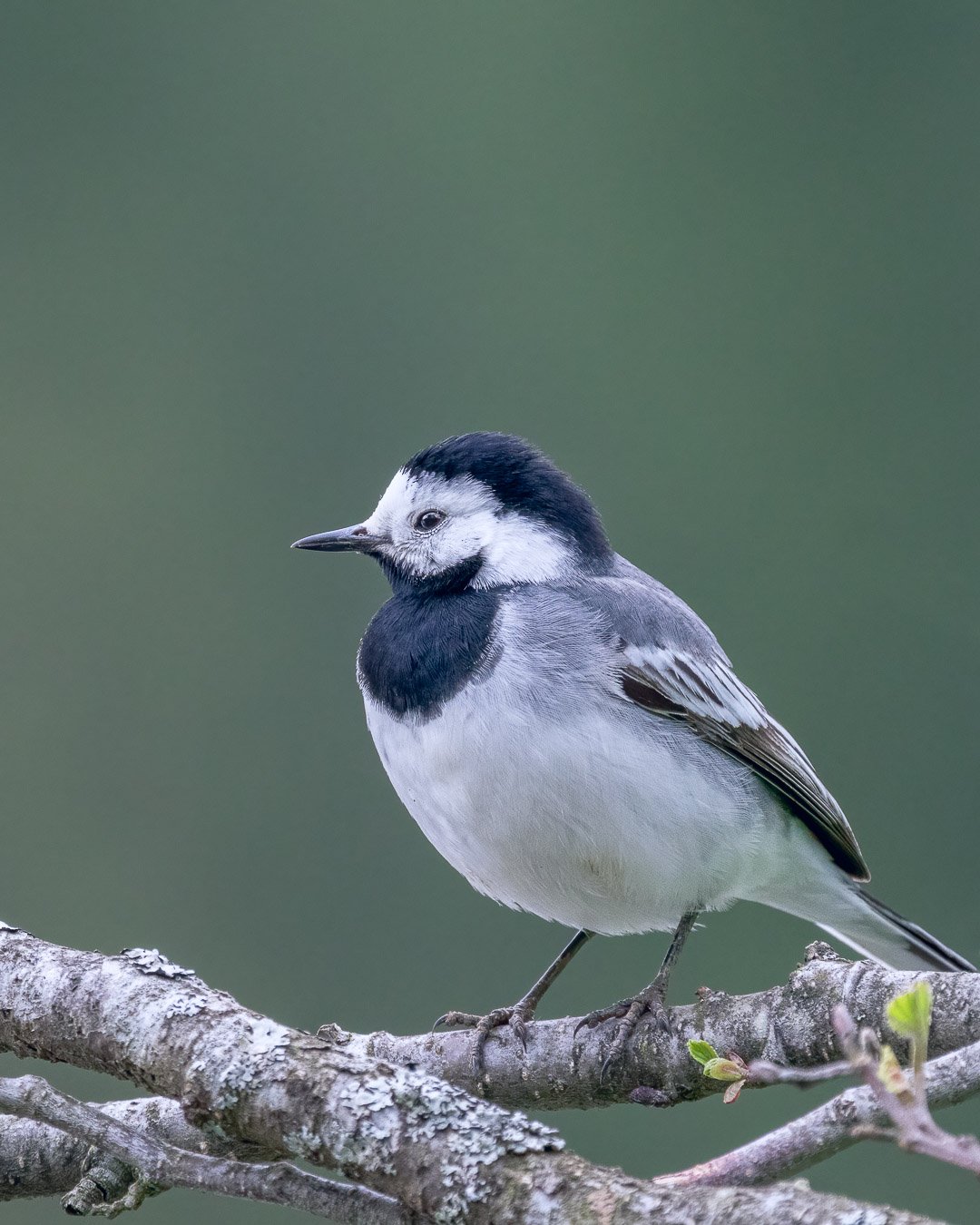
White wagtail (Motacilla alba)
The white wagtail is a small, lively bird with a long tail and striking black and white feathers. Originally found near rivers and lakes, it has now adapted well to towns and cities. You can often see it on roads, in parks, or near water, where it is easy to...
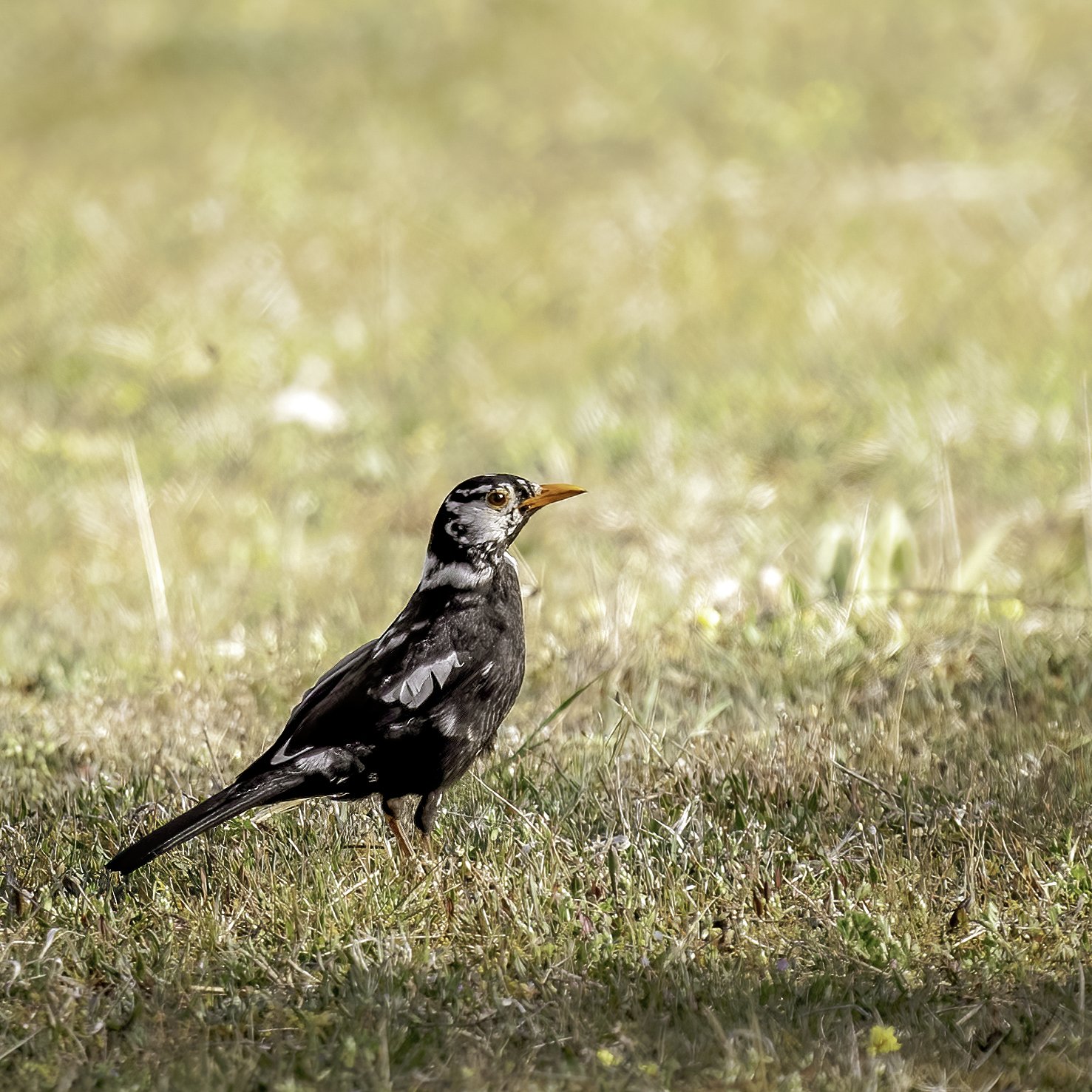
Common blackbird (Turdus merula)
The blackbird is more than just a common sight in European gardens. Its distinctive song and the striking black plumage of the male have made it an unmistakable symbol of our native birdlife. But what makes the blackbird so special? Why is it an …
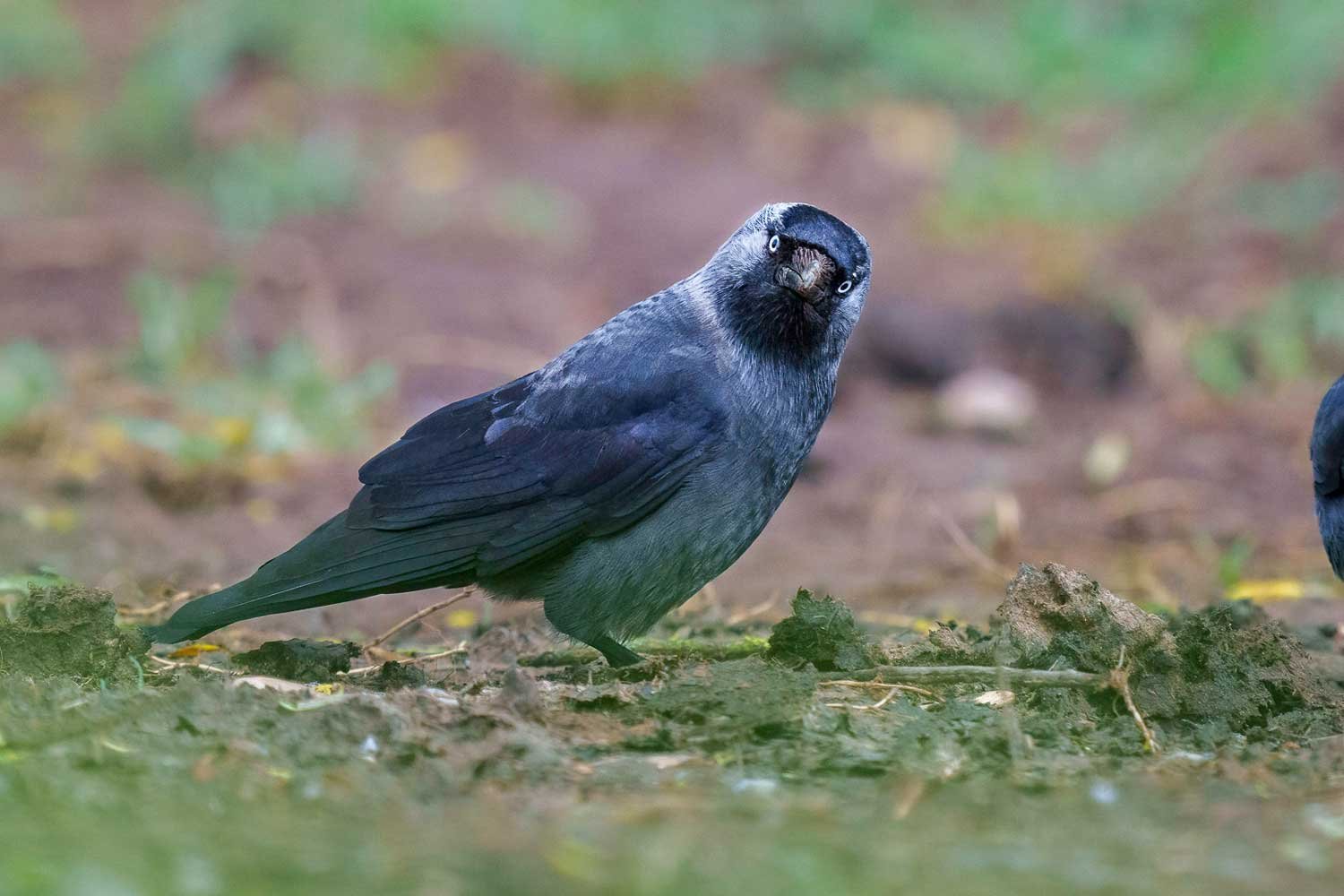
Western jackdaw (Coloeus monedula)
The jackdaw, a smaller member of the corvid family, is native to Europe, North Africa, and parts of Asia. Its habitat ranges from Ireland and Portugal in the west to Siberia in the east, and from Scandinavia in the north to the Middle East and North Africa in the south. The jackdaw prefers open and semi-open landscapes and is often found near human settlements. Typical habitats include forests, fields, parklands, and urban areas, where they frequently nest in church towers, ruins, or chimneys.
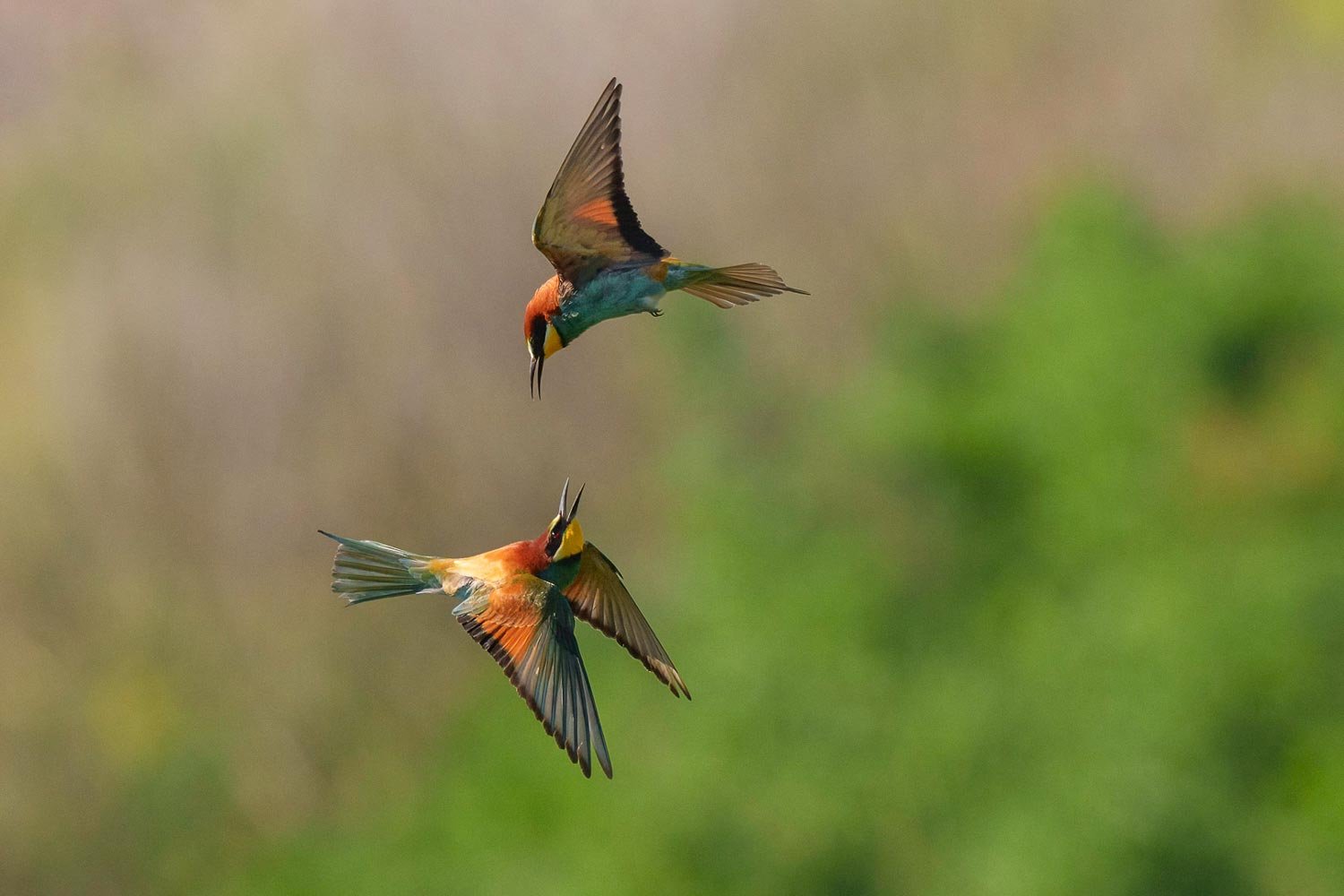
European bee-eater (Merops apiaster)
The European bee-eater (Merops apiaster) is predominantly found in the southern and central regions of Europe, in North and South Africa, and in the western parts of Asia. This bird species is highly migratory but overwinters in the tropical regions of Africa, while the populations in South Africa are resident throughout the year. They prefer open landscapes such as forests, river valleys, meadows, and plains, as well as cultivated areas with scattered trees. In Africa, bee-eaters also inhabit savannas near lakes and cultivated lands. In Germany, it is also a breeding bird that regularly visits.
